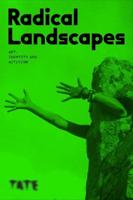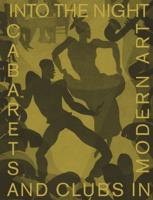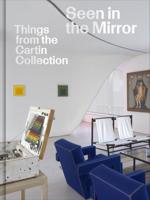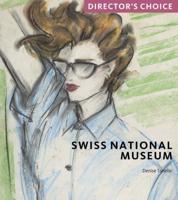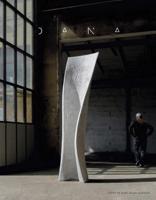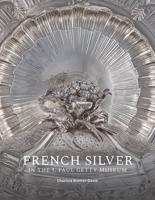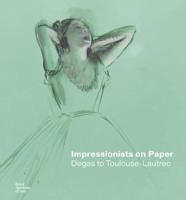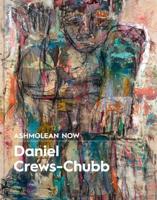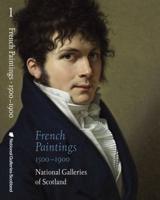Publisher's Synopsis
After World War II, the white cube acquired the status of an aesthetic convention. Dagmar Varady' s studio, impressively presented in the book, though seems to be a place where art is produced and also an " exhibition space" . Rather than being viewed as completed works or paintings, her works are " permanently in motion" , as the artist emphasizes. Thus, in the studio, a personal (knowledge) order emerges in the context of art, something along the lines of " principles in chaos" , whereby guided chance (serendipity) also comes into play, which is quite evident in the structures, folds, and progressions in her series of " Brilliant-Blue" paintings. With all the breaks, deviations, intuitions, exceptions, and ambiguities that occur in her art, Dagmar Varady has set out on the " path of unintentionality" (Ernst Bloch) - an unintentionality that promotes the processuality of art, but which in turn would not come about without a steady place of production, the studio. There, motifs meander from picture to picture in an indeterminate production process, enter into dialogue with one another, and undergo a protean transformation into ever new variants. As such, Dagmar Varady' s studio is not simply a place of work but, in the artist' s own words, her " navel to the world" and, as such, a kind of laboratory in which intrinsic processes play a significant role in determining artistic attitudes and objectives.

